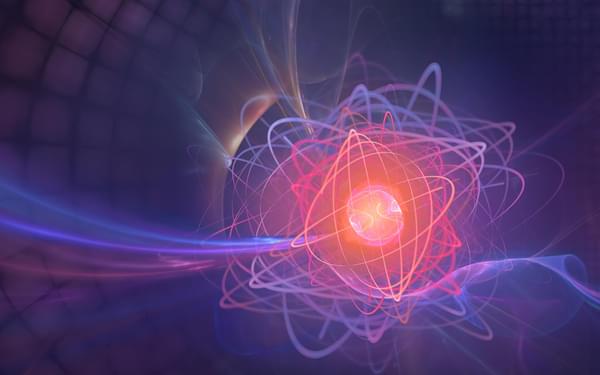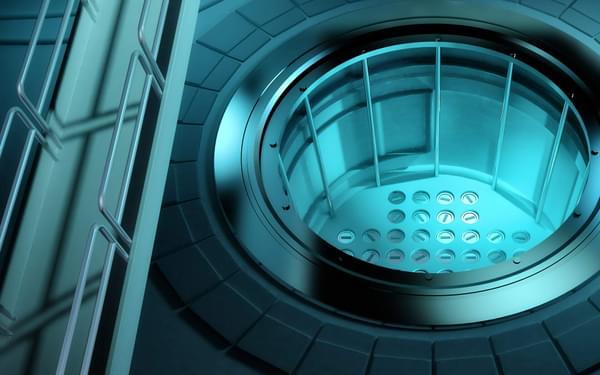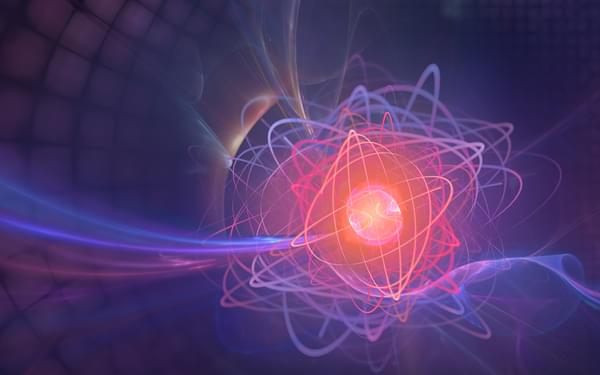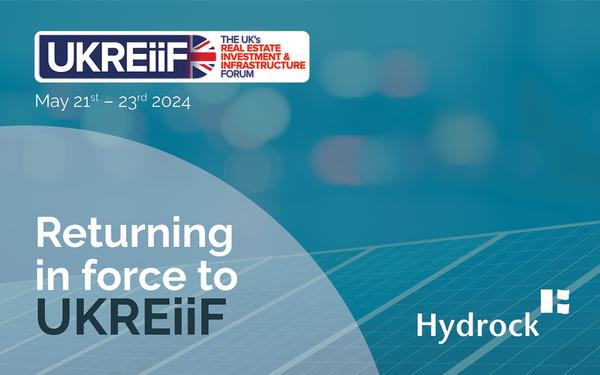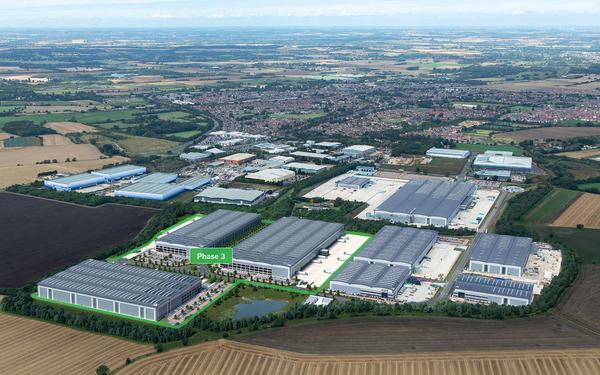Nuclear’s role in Net Zero
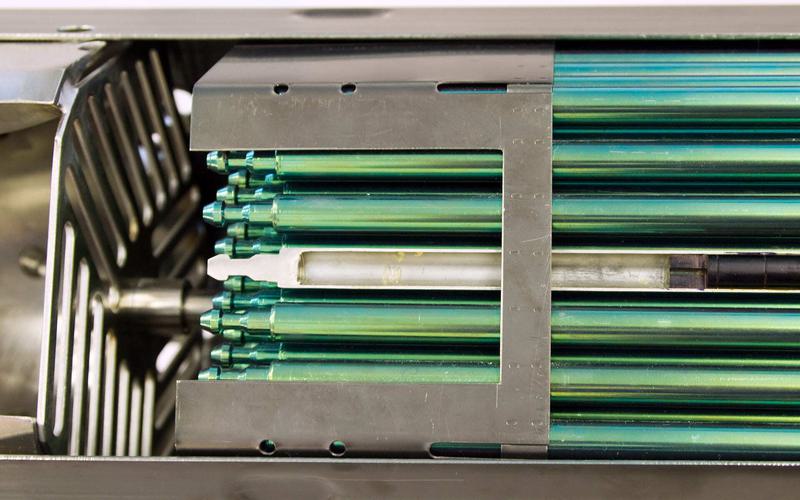
“ The UK is ready for a decarbonised energy infrastructure. The nuclear industry, deployed at a range of scales alongside renewable energy sources and carbon capture technologies, will play a crucial role in meeting the Government’s net zero target by 2050. ”
James Knighton
Consultant, Nuclear Management Consultancy

Escalating geopolitical tensions highlight the UK’s vulnerability to a volatile fossil fuel market. As the UK’s energy demand rises, and we drive to reduce our environmental impact on the planet, the need for resilient and clean energy has come to the forefront of political and societal debate.
Nuclear power stations have been providing clean and reliable electricity in the UK for over 60 years. Throughout this time the principles of nuclear fission remain unchanged but reactor technologies have changed significantly.
Small Modular Reactors (SMRs) and Advanced Modular Reactors (AMRs) are collectively known as Advanced Nuclear Technologies (ANTs) and provide a route to increasing the UK’s nuclear generating capacity under much shorter timescales, and potentially at lower capital cost, than previously.
ANTs operate under the same principles as a conventional nuclear power plant; energy released from splitting the atoms within nuclear fuel (a process known as nuclear fission) is captured as heat in either gas or water to produce steam, which is then used to drive turbines and generate electricity. ANTs are typically arranged in a smaller, modular and more cost-effective design than conventional nuclear power plants and encompass a wide range of nuclear reactor technologies. The designs generally fall into one of two groups: Generation III (water cooled) and Generation IV (novel cooling systems such as molten salt) with varying nuclear fuel technologies.
ANTs provide a significant advantage over conventional nuclear reactors as they can directly replace existing fossil fuel power plants (often on the same site where there is a connection to the national grid), provide electricity in remote areas where there is no grid connection, have a much smaller footprint than conventional nuclear power plants (such as Hinkley Point C) and rely on smaller heat sinks for reactor cooling. These advantages mean reactors no longer need to be restricted to siting on our coastlines and can be located closer to the end user e.g. to power industrial processes such as hydrogen production, or remote communities.
The primary purpose of a nuclear power plant is to generate electricity. However, secondary and tertiary applications can also be factored into ANT design. These may be in place of, or in addition to, their primary purpose and are known as hybrid nuclear/renewable energy systems. Examples of this include district heating using latent heat from the reactor, generation of ‘pink’ hydrogen (using a combination of power and heat), production of synthetic fuels, production of process steam for industrial application and powering water desalination plants. As a result, ANTs have the potential to become a key part in a decarbonised future across many aspects of energy infrastructure, the built environment and wider industry.
Advances in manufacturing and construction processes, particularly in relation to modularity and factory-built components, means that ANTs can be pre-manufactured and assembled once delivered to site. This helps reduce the overall cost of the reactors, improves their scalability and reduces the time for the plant to move from construction to commercial operation. Furthermore, this opens up the opportunity for factory-built reactors to be exported internationally, opening up new markets and supporting decarbonisation in other territories.
Conventional nuclear reactors (~3GWe) have a critical role to play on our path to net zero, providing a crucial firm, baseload power source, but the scalability and speed at which ANTs (up to ~300MWe) can be constructed mean they are quickly becoming essential in our commitment to a decarbonised energy infrastructure.
“Advanced Nuclear Technologies present an exciting opportunity for three reasons. Firstly, the modular construction addresses the civil engineering challenges experienced with large new build projects by shifting towards factory-built components. Secondly, they provide low-carbon energy and heat, supporting the goals of net zero and energy security. And, thirdly, ANTs could drive a new industrial revolution, providing high-skilled jobs in the nuclear and engineering supply chain for the UK and across the world.”James Knighton
Nuclear Consultant


